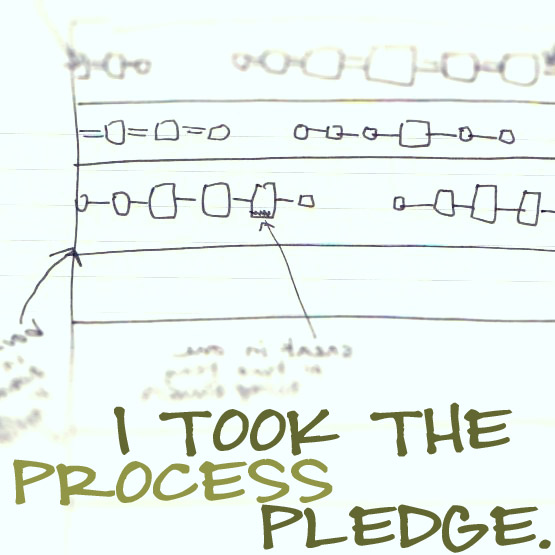 |
| The Contrary Wife. Of course. |
I have been working in a new direction with my quilting - a sort of crash course on traditional quilt block making. Inspired by some of the online quilt alongs for the Farmer's Wife quilting book (
here), I was surprised to find myself drawn by the very traditional shapes that first repelled me from quilting in the first place. I guess it wasn't truly the shapes that drew me, but the use of modern, lively, and non-blah colors found in new fabric lines.
 |
| Century of Progress |
So little by little, I have been knocking out 6" block by 6" block with the mad dream that eventually I will complete all 111 designs shown in the book. The tininess of the individual blocks magnifies the need for precision in piecing, and also creates loads of seams in the back of some of the more difficult blocks. If I'm honest, the examples made in the book don't really appeal to me - the author has used a lot of traditional country fabrics, with lots of brown. The intricacy of the piecing is often lost in those floral creams and mauves. So it's a challenge to re-imagine them all in my head. I think that by the time I get to block 50 I will be closer to mastering the art of color contrast in printed fabrics.
 |
| Yes! Look at those points! Cut Glass Dish |
I'm also learning a lot about color work, which I have never had to pay too much attention to in the simpler patterns I have created quilts with before. This is important with really intricate blocks - you certainly don't want all of your precise piecing to blend together if the contrasting colors don't contrast enough. I've already made this mistake a few times and only really could see it once the block was finished - and construction of one block can take up to an hour (update: It took me nearly 3 hours to do Corn and Beans and Cut Glass Dish today).
 |
| the back, full of seams |
These blocks are inspired by those created by farm women of the 1920's. The book is filled with letters to a magazine calling for opinions on the tradition of family farming. Would farm mother's prefer their daughters to follow in their footsteps and become farmer's wives, living a tough but rewarding life? Or should they move on to the increasingly liberated lifestyles of women in the cities? Some of the stories are romantic, touching, and inspiring even if a bit anecdotal.
 |
| coming together |
What I would have loved to find in this book is more history on the blocks themselves - some of these patterns were used by people in the Underground Railroad, and some were simply created to reduce waste with scraps of used fabric around the house. But where and how did they come up with these names!? S
ome of the block names are truly baffling to me - names like Century of Progress, Contrary Wife, or Broken Sugar Bowl. I stretched and I stretched my mind to work out the abstraction of the Broken Sugar Bowl. Why did they get these names and how can you create the block in a way that best reflects the name when you don't see any relation to it? 1920's farm wives or abstract expressionists? I found this link here, which seems to help a little.
 |
| Corn and Beans |
To some, this process may seem extremely dull, but for me, it's only getting more interesting as I go on.









No comments:
Post a Comment